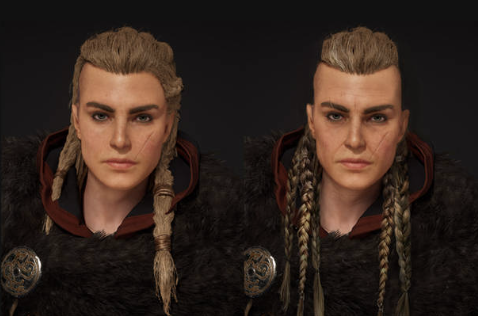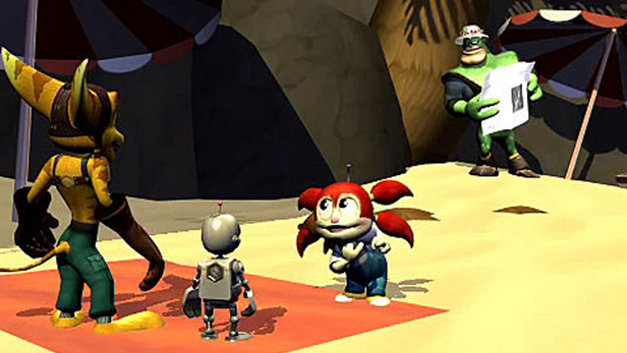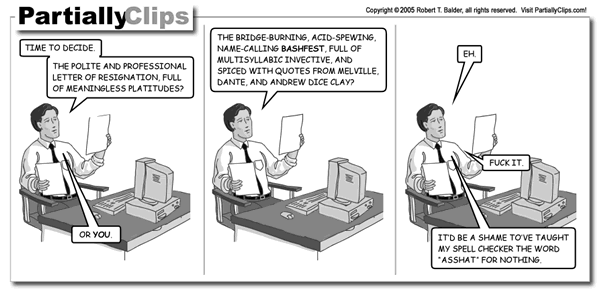In the realm of video games, the art of character design and customization is fundamental to shaping player experiences. From the specifically crafted protagonists of games like Assassin’s Creed Valhalla and Assassin’s Creed Mirage to the diverse characters in Lord of the Rings Online, character design is more than mere aesthetics; it influences game immersion, emotional engagement, and player agency.
Characterization in video games serves as a channel for players to interact with virtual worlds; it is a tool that allows players to shape their virtual identities. One example is in Assassin’s Creed Valhalla, where players assume the role of Eivor, a fierce Viking warrior navigating the landscapes of 9th-century England. Eivor’s gender, hairstyles, and tattoos can all be customized, allowing players to tailor their experience to align with their preferences and identities. Additionally, players can acquire various weapons, armor sets, and skills to suit individual play style. The ability to customize Eivor’s settlement further enhances player agency as you invest resources to construct buildings and unlock new services. This level of customization offers players a sense of agency over their character’s journey and the world around them.

Assassin’s Creed Valhalla

Assassin’s Creed Valhalla
In contrast, Assassin’s Creed Mirage lacks certain aspects of character design and customization. When Assassin’s Creed Mirage was released in 2023, I was excited to play the next installment of the series. While researching the game, I noticed that it lacked many customization features seen in previous Assassin’s Creed games. The most notable is that you cannot choose to play as a female character; there is only one male protagonist, Basim. Additionally, the game focuses more on gameplay customization, such as upgrading skill sets, than appearance. In my opinion, removing these customization aspects takes away from the player’s ability to fully engage with the character’s storyline. Players may feel less invested in Basim’s journey, as their ability to project themselves into the character is limited to predetermined traits and appearances. As a result, the game experience may feel more similar to passively observing a story unfold rather than actively participating in the world as the character.
Assassin’s Creed Mirage
Unlike the Assassin’s Creed games, Lord of the Rings Online (LOTRO) offers a comprehensive and immersive customization experience that extends beyond appearance. Players are granted complete control over their characters’ visual appearance and other aspects of gameplay, enriching immersion and emotional engagement. Players even have the opportunity to design their characters from a wide selection of races, like Hobbits, Elves, and Dwarves, each with their own unique traits and visual aesthetics. Players can further customize their avatars by adjusting any aspect of their appearance, from facial features to body proportions. This level of customization allows players to create avatars that can resonate with various aspects of their personality; players can even design a character to look similar to themselves. Another notable aspect of LOTRO’s customization is the housing system. Players can purchase and decorate their homes in various locations throughout the map. This feature gives players a creative outlet for self-expression and fosters a greater sense of belonging and attachment to their virtual world and community.

Lord of the Rings Online
The depth of customization in LOTRO contributes to the emotional impact on players; it fosters a sense of ownership and investment in the game world, helping players make personal connections and memories that continue outside the game. Compared to the Assassin’s Creed series, LOTRO’s emphasis on extensive customization sets it apart, offering players unparalleled opportunities for self-expression and immersion. While both franchises excel in creating immersive gaming experiences, LOTRO stands out through its player-driven customization and community-building mechanics, fostering deep emotional engagement and lasting connections.
- Sterling





You must be logged in to post a comment.